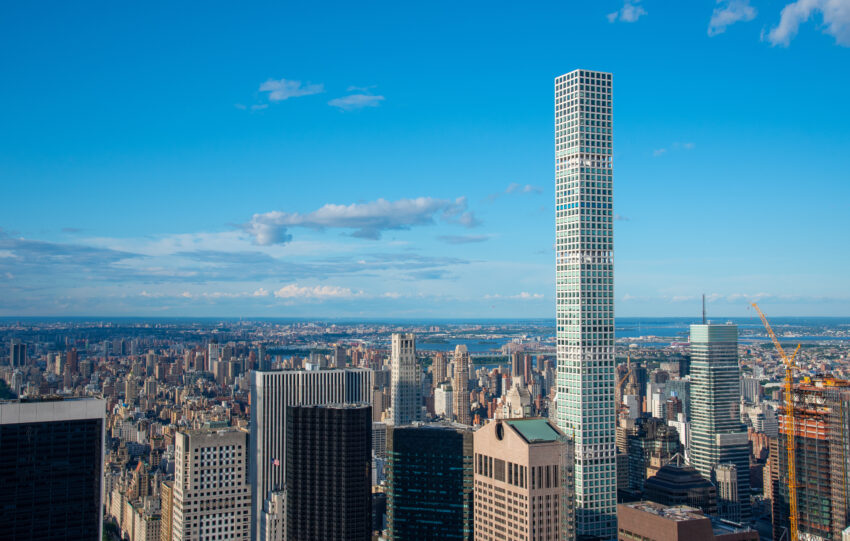In a world where geopolitics is increasingly driven by the quiet force of capital rather than the clash of arms, the Middle East has found its most potent weapon — Sovereign Wealth Funds (SWFs). From Wall Street to Silicon Valley, and from green energy corridors to football stadiums, the Gulf nations are using deep pockets to exercise deeper influence. This isn’t just economic diversification; it’s strategic domination — where oil-rich economies are trading barrels for boardrooms, and soft power becomes as valuable as hard assets. Welcome to the new Game of Thrones — played not with swords, but with sovereign stakes.
What is a Sovereign Wealth Fund (SWF)?
A sovereign wealth fund (SWF) is a state-owned investment fund that invests a country’s surplus reserves into high-performing assets, sunrise sectors, and high-value investments to benefit the host country’s economy and citizens.
The Gulf countries are calling the shots with over 20 SWFs, four in the top ten (Abu Dhabi Investment Authority, Kuwait Investment Authority, Saudi Arabia’s Public Investment Fund, and the Qatar Investment Authority), and a deep pocket of over USD 4 trillion.
Economic Diversification
The Middle East has an active investor base, and big-ticket deals are commonplace. By investing heavily in sectors like technology, healthcare, and renewables, the UAE is positioning itself as a diversified economy. The Abu Dhabi Investment Authority (ADIA), one of the largest SWFs globally, manages assets worth approximately $700 billion (2023). In 2020, UAE government entities, including Mubadala, invested around $20 billion in renewable energy projects, illustrating the country’s commitment to sustainable sectors beyond oil.
By making sustainable investments across a variety of asset classes, the UAE aims to create a financial legacy that can support its citizens long after the oil era ends
Future Wealth Creation
The primary mission of sovereign wealth funds is to secure long-term wealth for future generations. By making sustainable investments across a variety of asset classes, the UAE aims to create a financial legacy that can support its citizens long after the oil era ends. ADIA’s investment in diversified sectors has led to a 5-7% annual return, contributing significantly to the country’s economic strength. Saudi Arabia’s PIF (Public Investment Fund), with its war chest of USD 990 billion, has invested heavily in solar, wind, and green hydrogen projects and is among the largest sovereign wealth funds in the world.
The Soft Power Play
Tourism, history, media, and sports make for a salivating combination. Saudi Arabia, Qatar, and the UAE are the biggies at play here. Qatar hosted the Football World Cup in 2022, and Saudi Arabia’s deals with the WWE are big signals that the Middle East is banking on culture to harness economic collaboration. Like Saudi Arabia’s tourism campaign with football superstar Lionel Messi, which says, ‘Go beyond what you think’, soft power is surpassing expectations in the Arabian Peninsula.
In the past decade, the Middle East’s SWFs have completely rewritten the country’s asset management rules. SWFs are not completely immune to global shifts, though, and at times, countries may have competing economic interests. Excess investment influx can trigger inflationary undercurrents or massive overestimations in capital markets. A fine balance is necessary to ensure that personal economic ambitions do not overshadow regional power balances.


